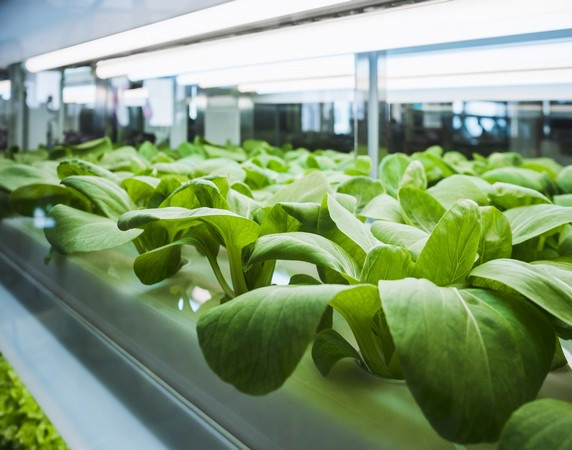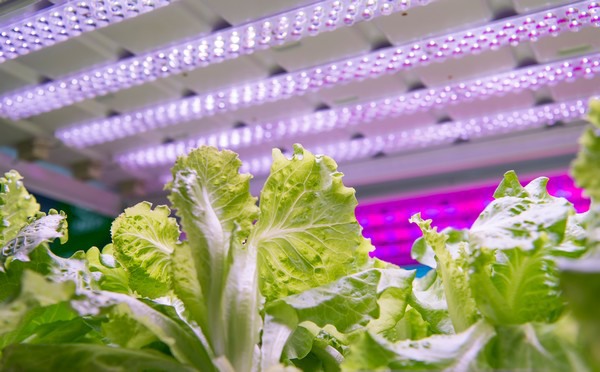The DesignLights Consortium (DLC) today released for comment the first draft of Version 3.0 of its Technical Requirements for Horticultural Lighting. Scheduled to take effect in January 2023, the new policy establishes new performance thresholds and other prerequisites horticultural fixtures must meet for inclusion on the DLC’s Horticultural Lighting Qualified Products List (QPL).
Supporting the advancement of high quality, energy efficient lighting in controlled environment agriculture (CEA), this major revision to the DLC’s Horticultural Technical Requirements also introduces a draft surveillance testing policy with a proposed effective date of October 2023.

The DLC is accepting comments on its Draft Technical Requirements for Horticultural Lighting V3.0 until May 12, 2022. Comments should be submitted by email to [email protected] using the DLC’s online comment form. Stakeholder input will inform the next iteration of the policy, which is expected this summer.
Supporting the industry
“As the number of controlled environment agriculture operations across North America continues to rise, the DLC is pleased to support the energy efficiency and lighting quality needs of this vibrant industry,” DLC Executive Director and CEO Christina Halfpenny said. “These proposed changes will strengthen the DLC’s Horticultural Lighting Program, enabling growers to keep up with cutting edge technologies that improve crop yields and minimize energy consumption.”
Horticultural lighting is one of the fastest growing segments of the electric load for many utilities and the US Department of Energy has recommended that growers transition their lighting to all LED technology, which would cut electricity usage by at least 40 percent and save operators approximately $240 million.

Introduced in 2018 as the industry’s first qualified products list for energy efficient horticultural lighting, the DLC’s Horticultural QPL has grown by 54 percent in the past two years – providing indoor commercial growers with significantly more product variety and enhanced savings opportunities. This searchable, filterable online resource now offers users apples-to-apples comparisons of more than 650 horticultural LED products, with more products being reviewed and added regularly.
At least two dozen North American utilities require CEA operators to use QPL products to qualify for energy efficiency incentives, and others have incorporated the DLC technical requirements into their programs. Two states with cannabis-specific energy efficiency regulations (Massachusetts and Illinois) offer a compliance pathway via the DLC’s Horticultural QPL.

As proposed, the Draft V3.0 Horticultural Technical Requirements would:
· Increase in the efficacy threshold of QPL products (increasing potential energy savings by at least 20 percent), while allowing the top 85 percent of products (in terms of photosynthetic photon efficacy) to remain listed;
· Introduce requirements for collecting and reporting application information of listed products to allow efficiency programs and QPL users greater insight into listed products and support the development of prescriptive/midstream incentive programs;
· Introduce product-level dimming requirements for all products, and reporting of additional controllability details, to enable more energy savings, promote interoperability, and prepare for future demand response systems and programs; and
· Introduce a surveillance testing policy to actively monitor the validity of data and other information submitted to the DLC to protect the integrity and value of the QPL.
The DLC will provide more information on the proposed policy during a webinar on April 13 at 1 p.m. ET.
For more information:
Design Lighting Consortium
www.designlights.org
